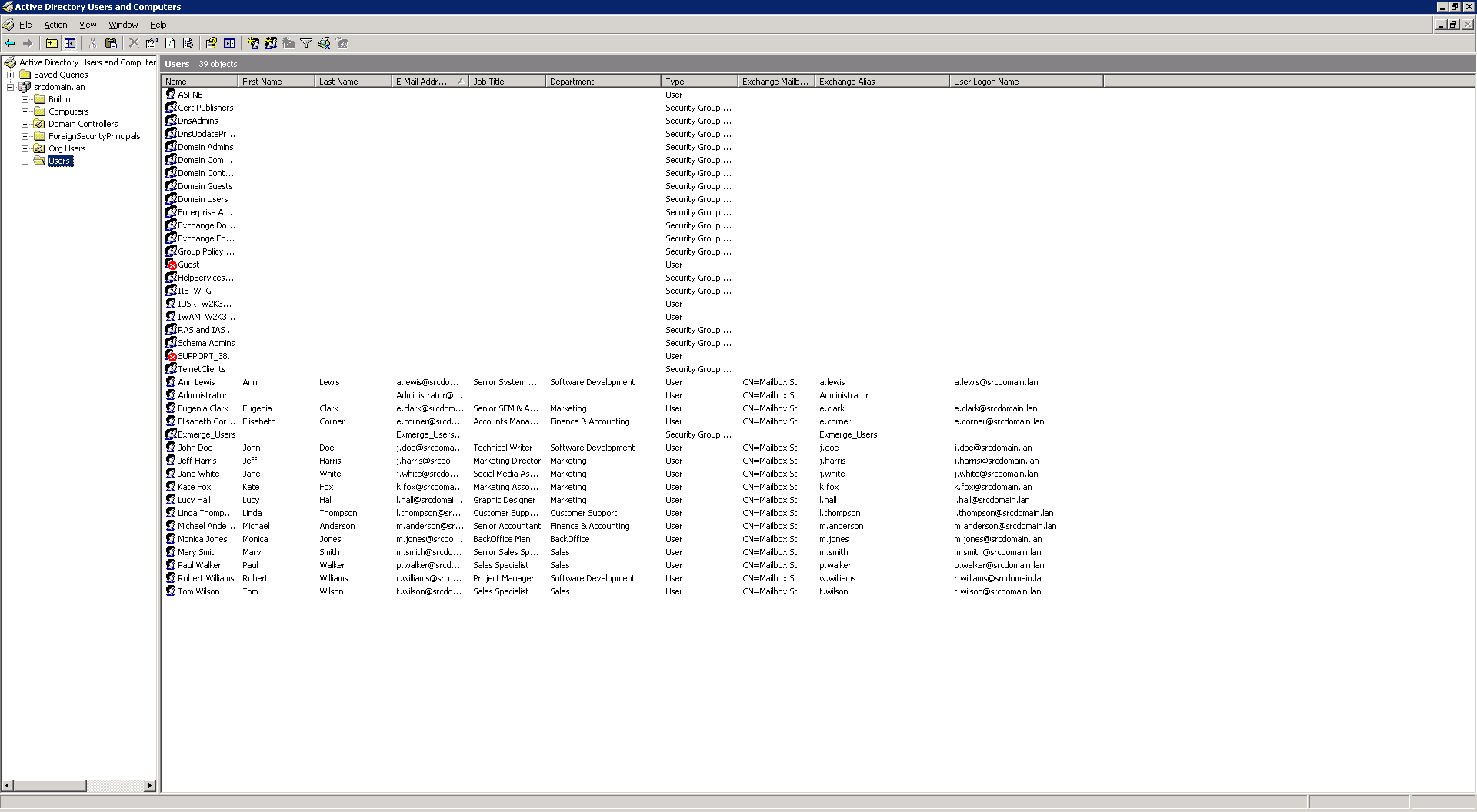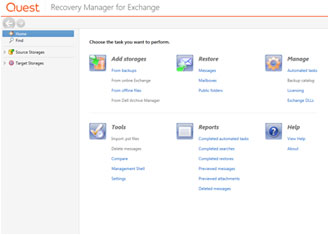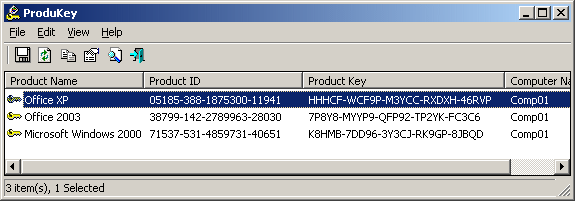
- EXCHANGE SYSTEM MANAGEMENT TOOLS DOWNLOAD 2003 HOW TO
- EXCHANGE SYSTEM MANAGEMENT TOOLS DOWNLOAD 2003 INSTALL
- EXCHANGE SYSTEM MANAGEMENT TOOLS DOWNLOAD 2003 PC
- EXCHANGE SYSTEM MANAGEMENT TOOLS DOWNLOAD 2003 WINDOWS 7
The Remote Server Administration Tools will expand your toolset considerably.
EXCHANGE SYSTEM MANAGEMENT TOOLS DOWNLOAD 2003 INSTALL
Domain Administrators can also install software on the machine if that machine is configured with Active Directory and groups are configured correctly.
EXCHANGE SYSTEM MANAGEMENT TOOLS DOWNLOAD 2003 WINDOWS 7
Figure 1 shows the location in where to look here the edition used is Windows 7 Professional.įigure 1: Viewing Basic Information about your ComputerĪs with most Windows desktop operating systems, you will need to be the system’s local Administrator in order to install software on your system. This will show you basic information you need to know about Windows 7, such as what version you are currently running. Then, click on the System properties link. To view if you have the correct version, click on the Start button and click on the Computer link in the Start Menu. If you do not know what version you are using, you can find out quickly. You can use Windows 7 Enterprise, Professional and Ultimate. To use the Remote Server Administration Tools, you must first prepare your system, download the tools and then install and configure them for use.įirst, Windows 7 comes in multiple editions and you need to know that you are running the correct one to install the software.
EXCHANGE SYSTEM MANAGEMENT TOOLS DOWNLOAD 2003 HOW TO
Coverage is provided on how to find, download and install the tools, enable them on Windows 7 and configure them for use. In this article, we will look at the Remote Server Administration Tools used on Windows 7 to manage Windows Servers, such as Windows Server 2003, 20 R2. There are also differences between using these tools on a Windows Core installation, or a regular installation. First, this toolset functions with Windows 20 R2 with Windows Server 2003, you can still use the toolset, but are limited in what you can do with it. To those new with Windows 7, (or Windows Vista (SP 1) where it evolved from), there are a few caveats to using it. The Remote Server Administration Tools software can be used with Windows 7 Enterprise, Professional, or Ultimate editions. One thing to note is all versions of Windows 7 will not work with this toolset. You can get it free of charge from Microsoft download as long as you have an authentic copy of Windows 7, and by searching for ’Remote Server Administration tool’ at Microsoft download. Most of the same tools have evolved into what is currently offered. Anyone familiar with this toolset, will warm right up to the Remote Server Administration tool download.

With Windows Server 2003 and Windows XP, the ‘admin pack’ and resource kit tools helped expand the Administrative Tools toolset, and allowed you to manage servers from your desktop. It’s common that Systems Administrators will need to respond to problems immediately, so to jump on a wireless connection on your laptop, connect to the Internet, use a Virtual Private Network (or VPN), to encrypt your connection, and then connect to and manage it, no matter where that server may be on your network.

Using tools to manage services remotely is not new to those who have worked with Windows for years. To administer Windows Servers, you need tools to manage the roles and features installed on them, as well as the base OS.
EXCHANGE SYSTEM MANAGEMENT TOOLS DOWNLOAD 2003 PC
To make life easier when managing systems, system roles or a centralized console solution such as System Center Operations Manager (SCOM), Microsoft offers many tools to help you run tools from your PC or Laptop.

With your PC, your client OS (whether it be XP, Vista or 7) offers a set of Administrative Tools (RSAT), but they are all for the most part meant to help you manage your desktop system. If working as a systems administrator, daily tasks require many logins and that can sometimes get frustrating if you are busy either deploying a new server, or configure DNS records, managing Active Directory and Group Policy from your local PC. As Windows administrators, we tend to rely on administrative tools to manage our server infrastructure.


 0 kommentar(er)
0 kommentar(er)
